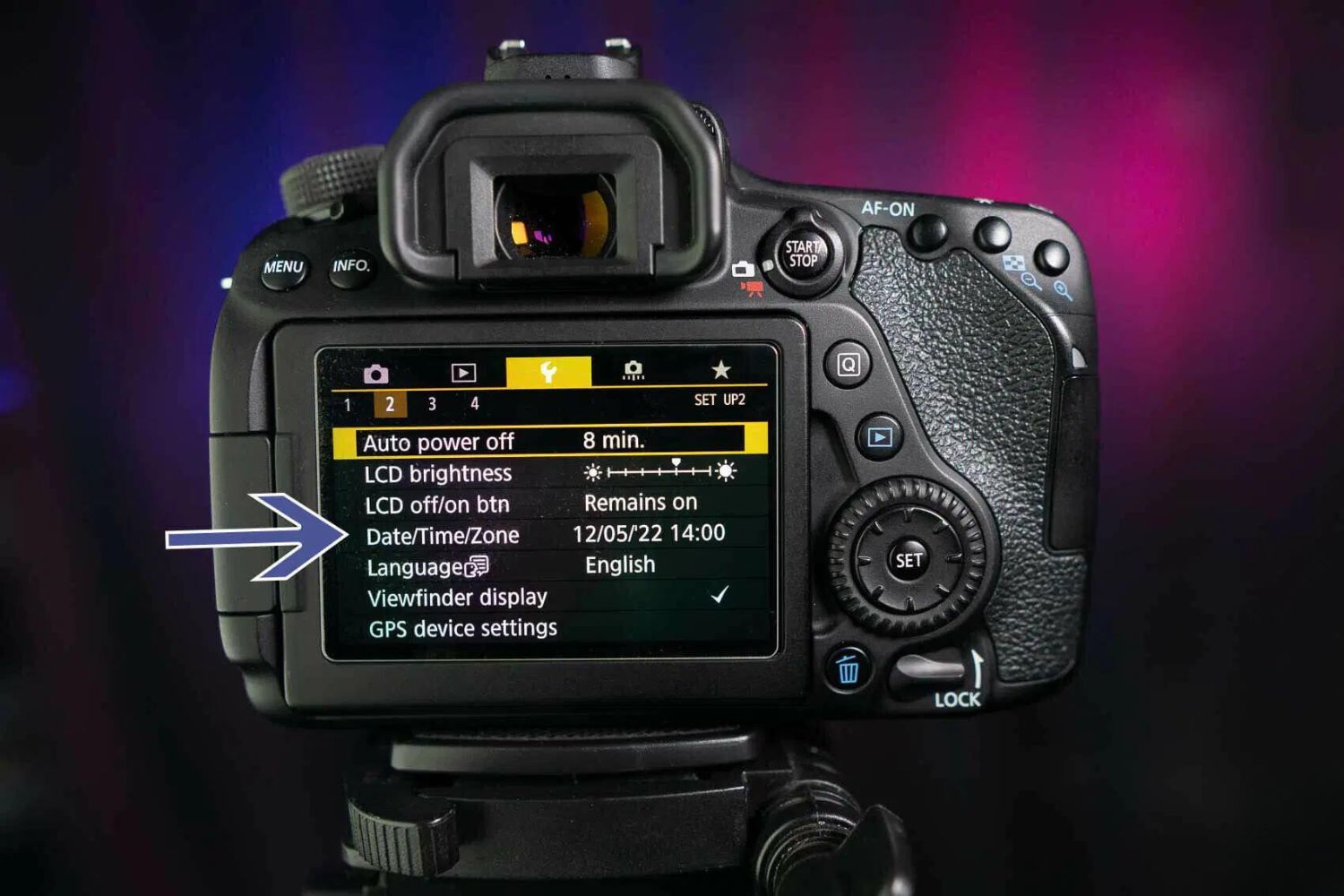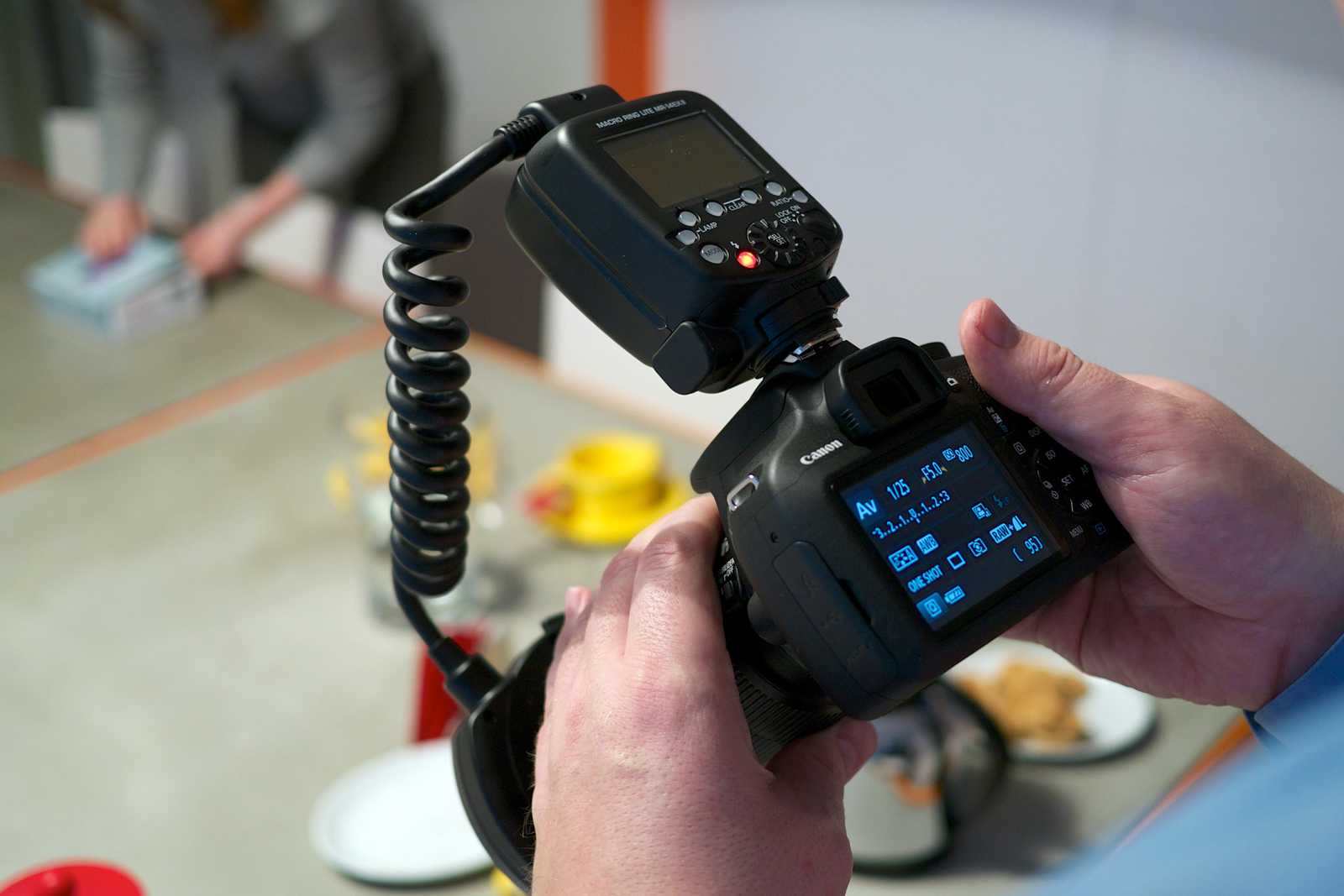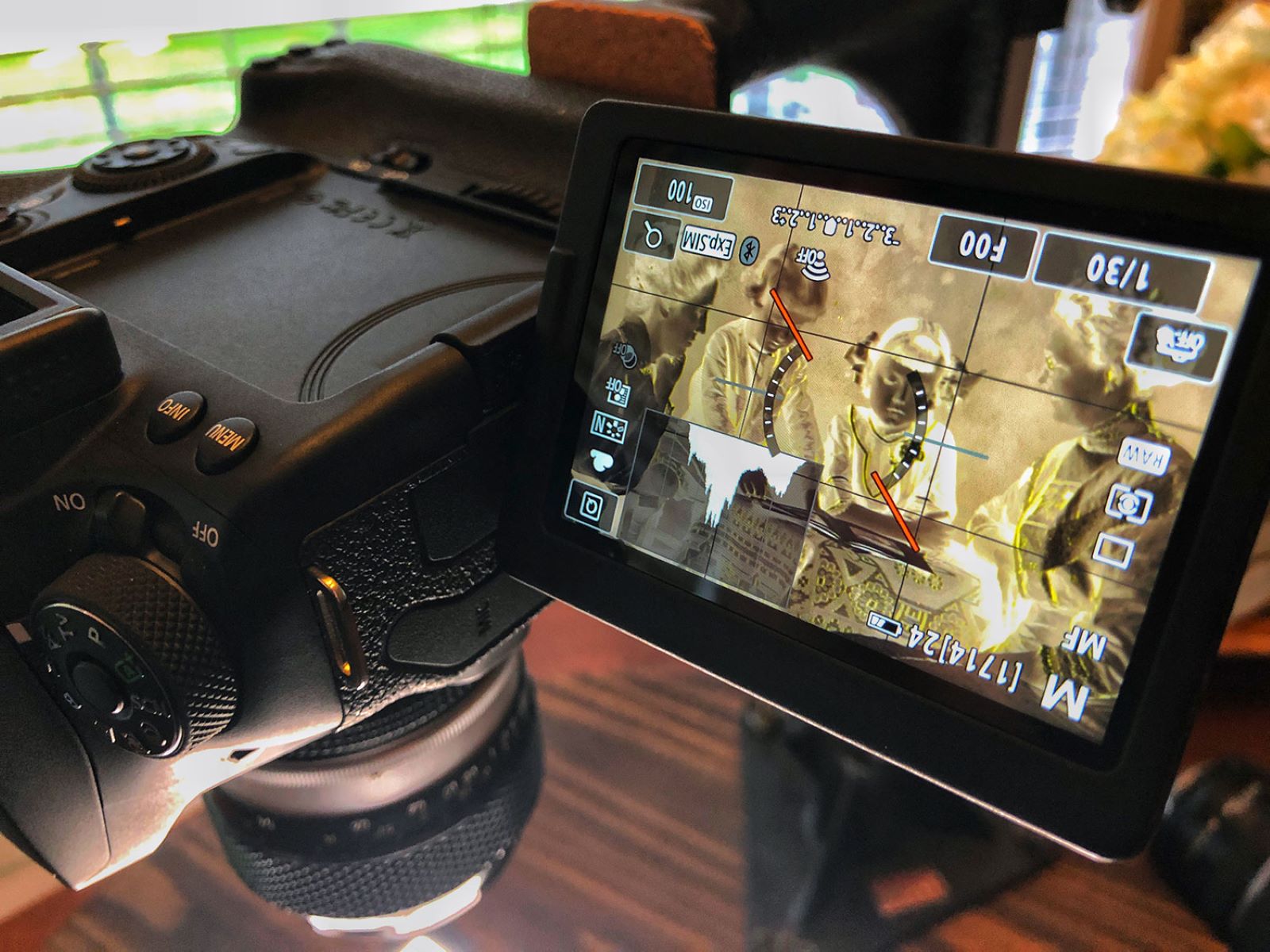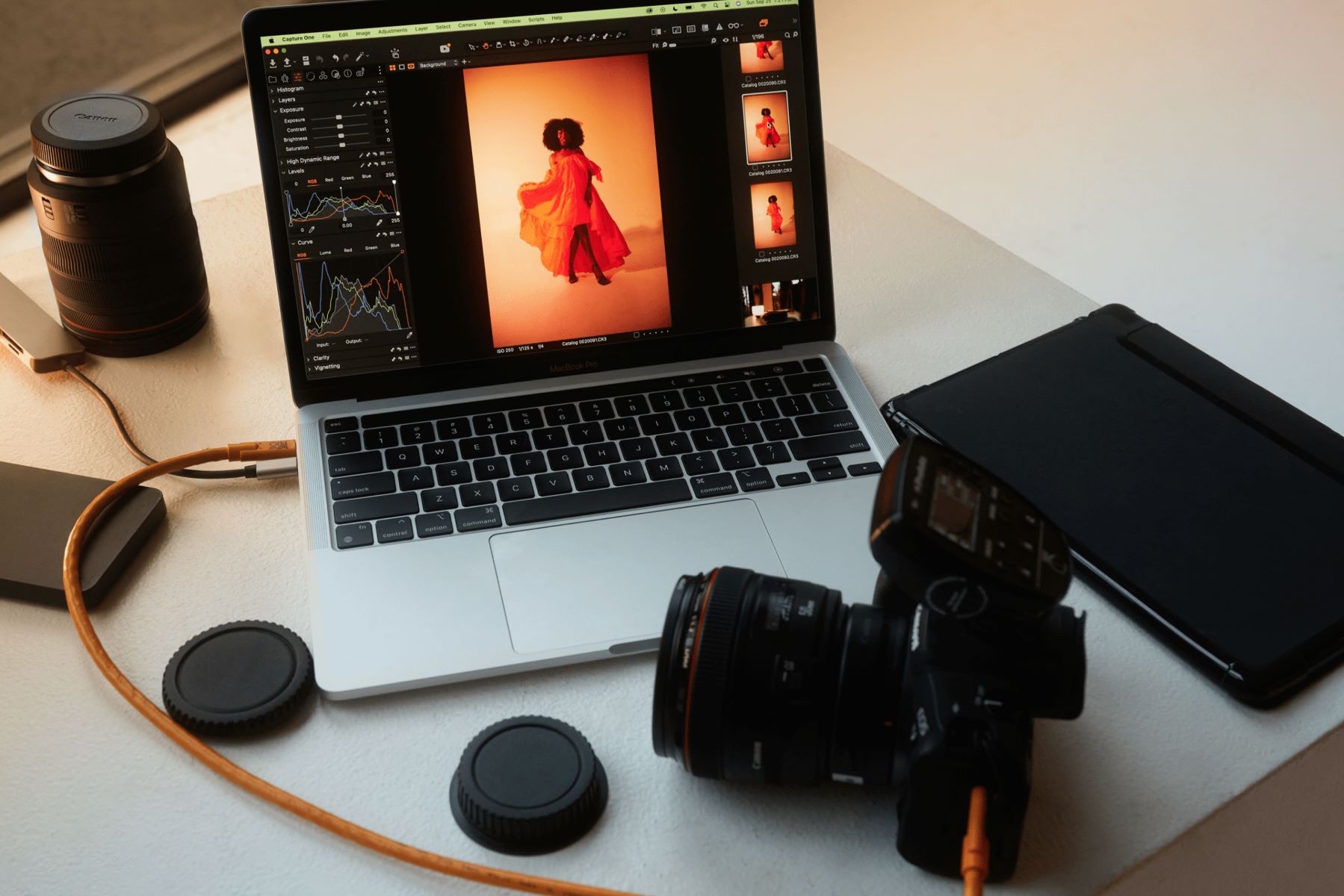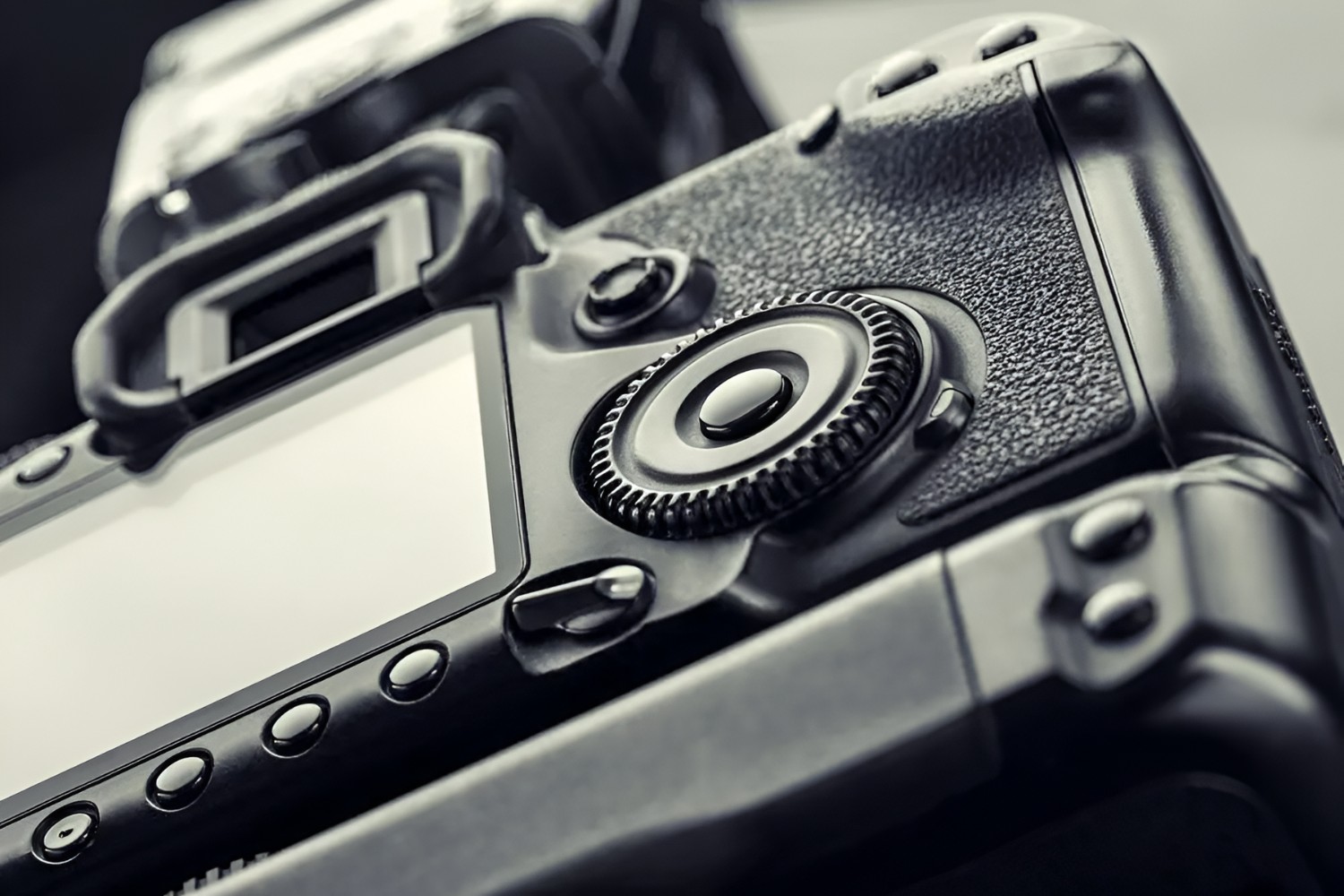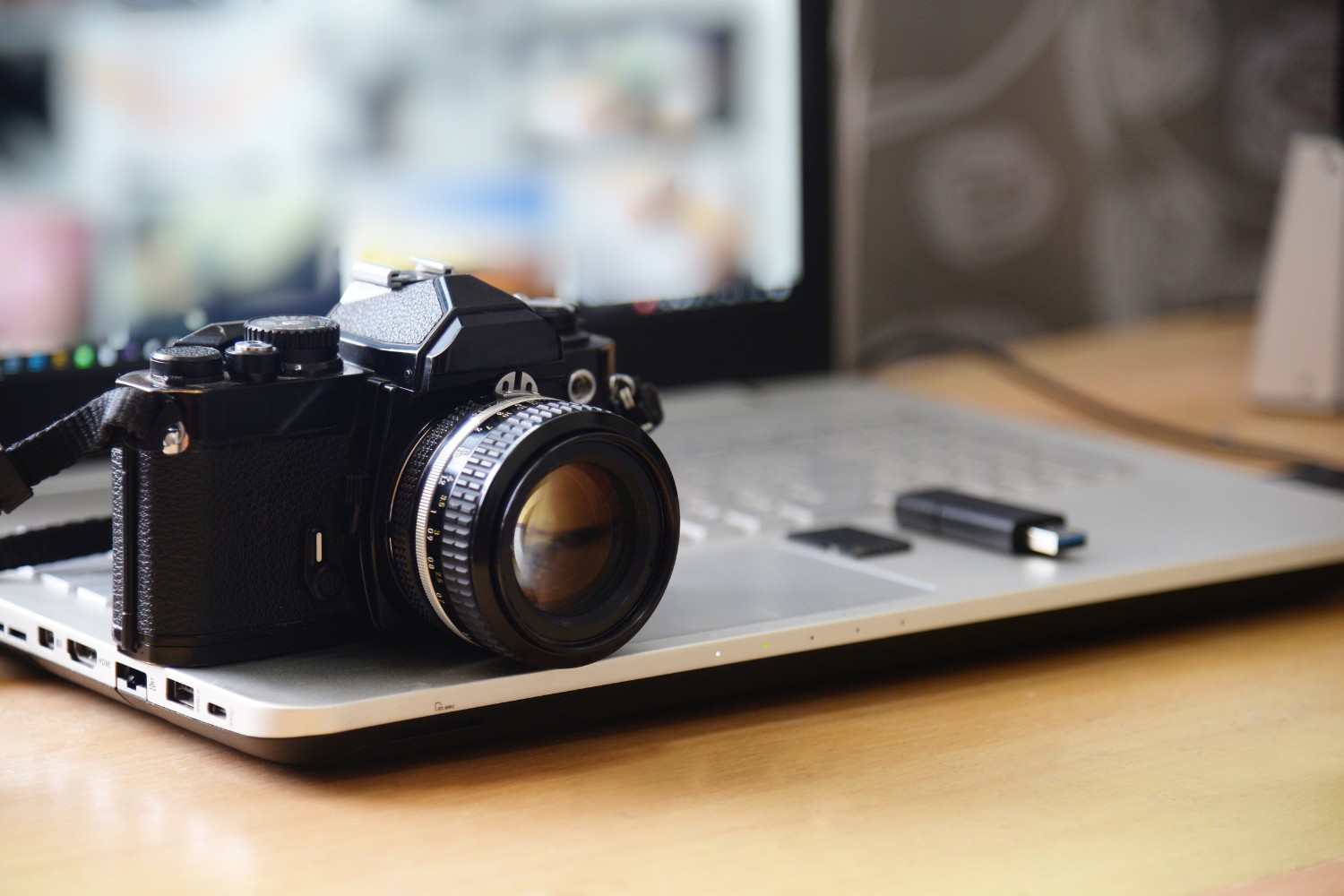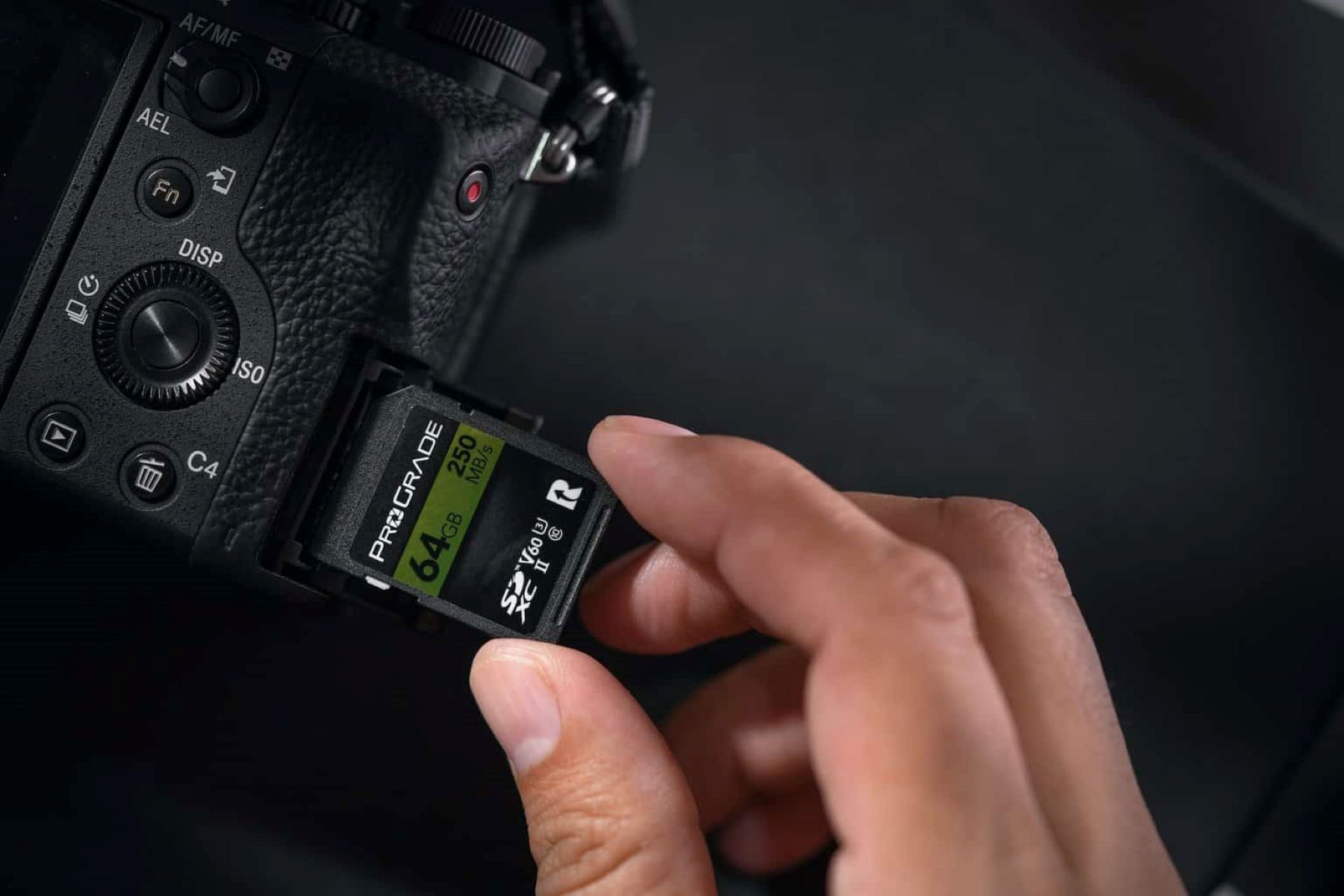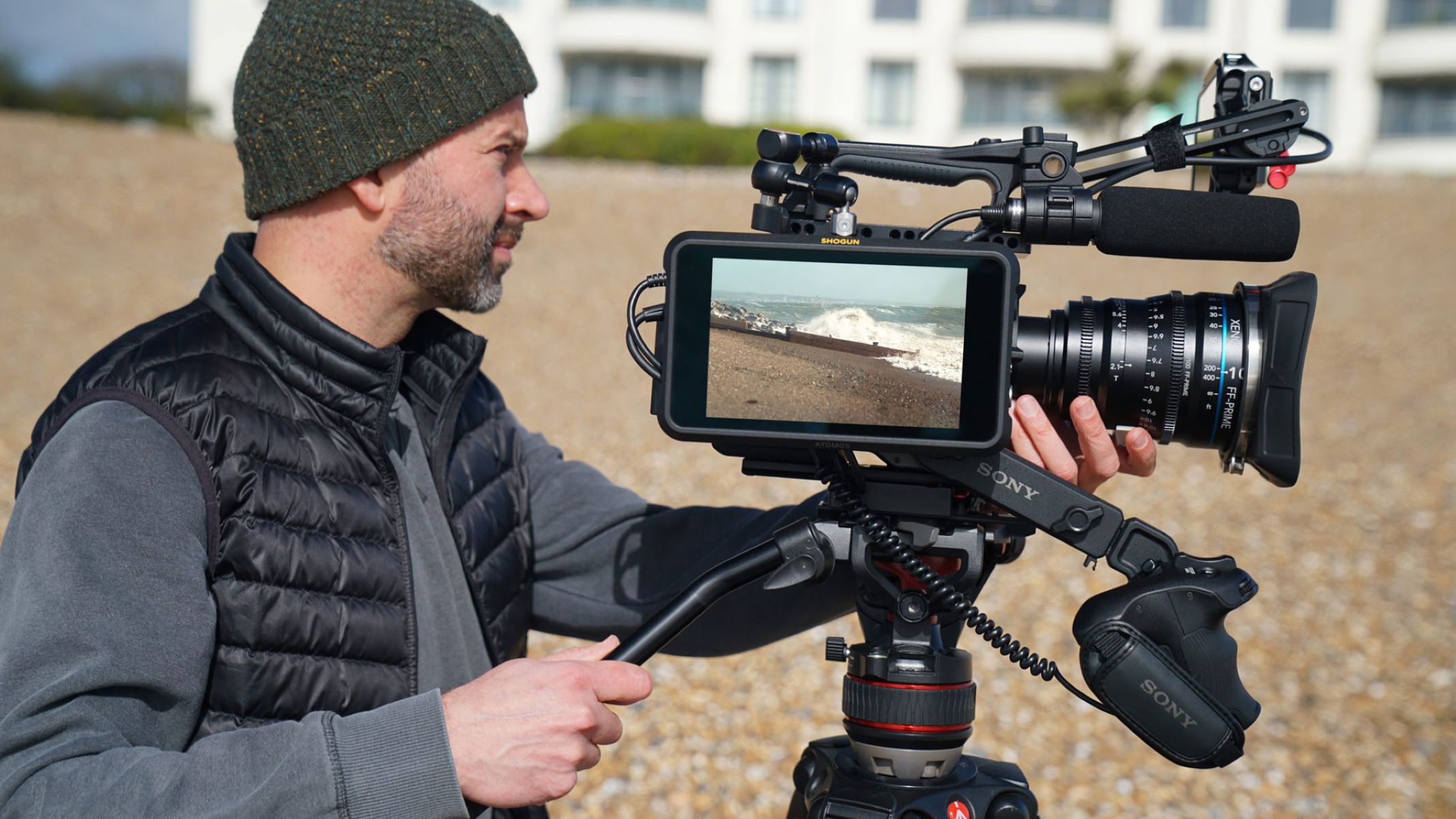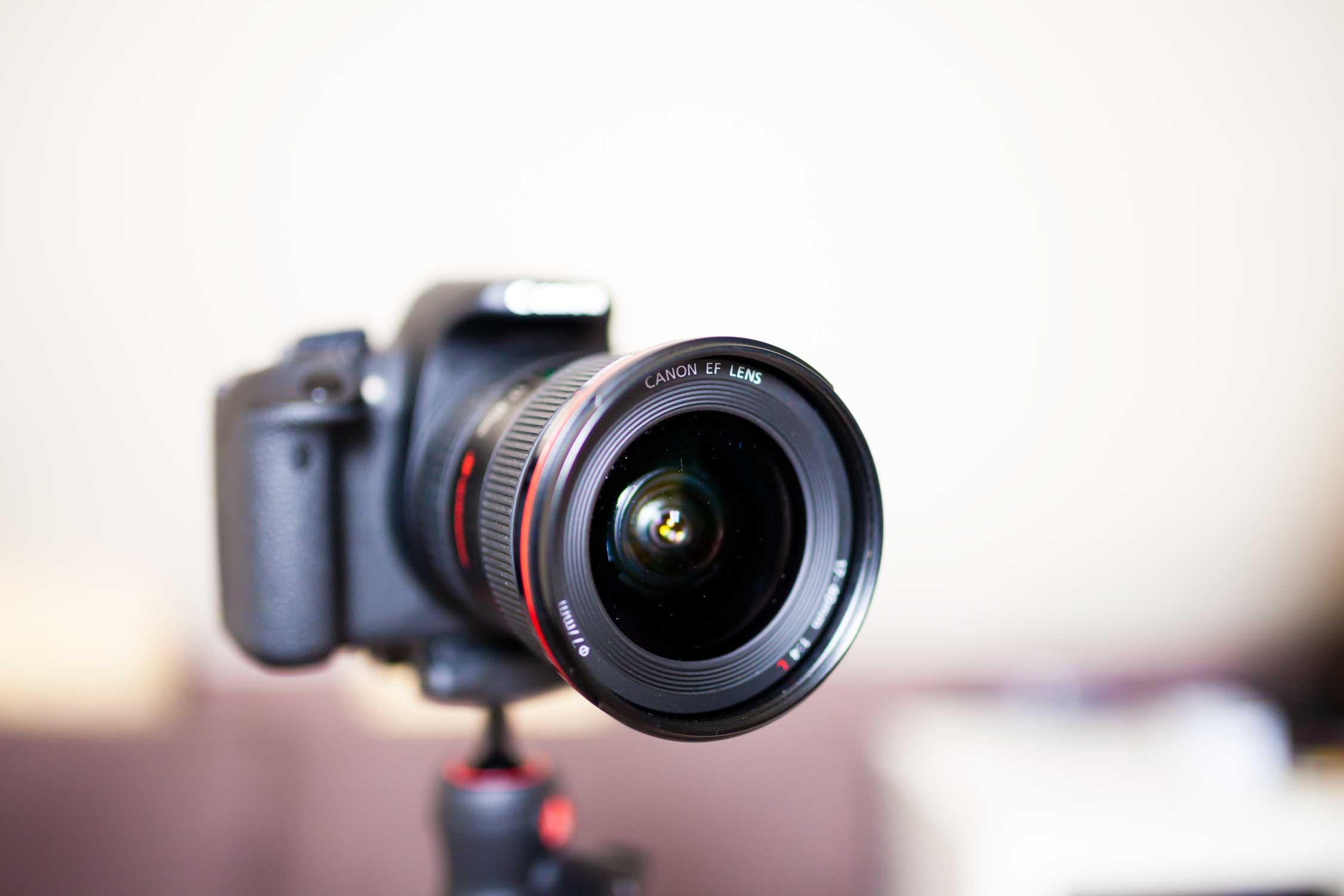Introduction
When it comes to photography, there's more to an image than meets the eye. Beyond the captivating visuals captured by a DSLR camera lies a trove of valuable information known as metadata. This digital footprint holds a wealth of details about each photograph, offering insights that can enhance the understanding and appreciation of the art of photography.
In the digital age, metadata plays a crucial role in various aspects of photography, from organizing and categorizing images to analyzing and improving photographic techniques. Understanding how to access and interpret metadata from a DSLR camera can empower photographers to harness the full potential of their craft.
In this comprehensive guide, we will delve into the world of metadata, exploring its significance and the methods for extracting and utilizing this wealth of information from a DSLR camera. By the end of this journey, you will have a deeper appreciation for the hidden gems within your photographs and the tools to leverage metadata for photography analysis and enhancement. Let's embark on this enlightening exploration of metadata and its pivotal role in the realm of photography.
What is Metadata?
Metadata, in the context of photography, refers to the embedded information within a digital image file. It serves as a digital footprint, providing a detailed snapshot of the circumstances surrounding the creation of the photograph. This data encompasses a wide array of details, including the camera settings, date and time of capture, exposure parameters, focal length, and much more. Essentially, metadata offers a comprehensive overview of the technical aspects and conditions under which a photograph was taken.
Furthermore, metadata extends beyond technical specifications to include descriptive elements such as keywords, captions, and copyright information. These details not only aid in organizing and categorizing images but also contribute to the protection of intellectual property rights. By encapsulating a myriad of information within each image file, metadata serves as a valuable asset for photographers, archivists, and enthusiasts alike.
From a technical standpoint, metadata is typically stored in the Exchangeable Image File Format (EXIF), a standard that facilitates the interchange of digital image metadata between different devices and software applications. This standardized format ensures that the embedded information can be easily accessed and interpreted across various platforms, making it an invaluable resource for photographers and digital imaging professionals.
As technology continues to advance, the scope and depth of metadata have expanded, encompassing a broader range of details that contribute to a more comprehensive understanding of the photographic process. From geotagging to lens information, metadata provides a nuanced view of the circumstances and parameters that shaped each photograph, offering a gateway to a deeper appreciation of the art and science of photography.
Why is Metadata Important?
Metadata holds immense significance in the realm of photography for several compelling reasons. Firstly, it serves as a valuable tool for photographers to review and analyze the technical parameters of their images. By accessing the metadata, photographers can gain insights into the camera settings, exposure values, and other crucial details that contribute to the overall composition and quality of the photograph. This information can be instrumental in identifying areas for improvement and refining their photographic techniques.
Moreover, metadata plays a pivotal role in the organization and categorization of images. By embedding descriptive elements such as keywords, captions, and copyright information, photographers can effectively manage and sort their image libraries. This not only streamlines the process of locating specific images but also facilitates the protection of intellectual property rights by embedding copyright and ownership details within the metadata.
Another compelling aspect of metadata lies in its role in preserving the historical context of photographs. By capturing details such as the date and time of capture, geotagging information, and camera model, metadata contributes to the documentation and preservation of the circumstances surrounding each image. This historical footprint not only enriches the narrative of the photograph but also aids in contextualizing and understanding the cultural and environmental aspects of the captured moment.
Furthermore, metadata serves as a cornerstone for professional workflows in the photography industry. From image licensing and rights management to archiving and digital asset management, metadata forms the backbone of these processes, enabling seamless integration and retrieval of critical information associated with each image.
Lastly, metadata plays a crucial role in the context of digital forensics and authentication. By examining the metadata of an image, experts can verify its authenticity, trace its origins, and ascertain its integrity, making metadata an indispensable tool in the verification and validation of digital imagery.
Overall, the importance of metadata in photography cannot be overstated. It not only enriches the technical and descriptive aspects of images but also contributes to their organization, preservation, and authentication, making it an indispensable component of the photographic process.
How to Access Metadata on a DSLR Camera
Accessing metadata on a DSLR camera involves navigating through the camera’s menu system to retrieve the embedded information. While the exact process may vary slightly depending on the camera model and manufacturer, the fundamental steps for accessing metadata remain consistent across most DSLR cameras.
1. Playback Mode: To access metadata on a DSLR camera, begin by entering the playback mode. This allows you to view the images stored on the camera’s memory card and access the associated metadata for each image.
2. Image Selection: Once in playback mode, navigate through the images on the camera’s display using the directional buttons or touchscreen interface. Select the image for which you wish to access the metadata.
3. Information Display: After selecting the desired image, most DSLR cameras offer an option to display detailed information about the image. This may involve pressing a dedicated button or selecting an option from the camera’s menu system to reveal the metadata associated with the image.
4. Metadata Display: Upon accessing the information display, the metadata associated with the selected image will be presented on the camera’s screen. This typically includes details such as the date and time of capture, camera settings, exposure parameters, focal length, and other pertinent information.
5. Navigation and Interpretation: Once the metadata is displayed, you can navigate through the various parameters using the camera’s controls to review the technical details and descriptive elements embedded within the image file. This allows you to gain insights into the circumstances and settings under which the photograph was taken.
It is important to note that the process of accessing metadata may vary based on the camera’s make and model, and certain advanced camera models may offer additional features and customization options for viewing and interpreting metadata.
By following these fundamental steps, photographers can easily access and review the metadata associated with their images directly from the DSLR camera, providing a convenient means of gaining valuable insights into the technical and descriptive aspects of their photographs.
Understanding the Metadata from a DSLR Camera
Interpreting the metadata from a DSLR camera involves deciphering the wealth of information embedded within the image file. By understanding the various parameters and details captured in the metadata, photographers can gain valuable insights into the technical aspects and circumstances surrounding the creation of each photograph.
1. Technical Parameters: The metadata from a DSLR camera includes a plethora of technical details such as the camera model, lens information, focal length, aperture settings, shutter speed, ISO sensitivity, and white balance settings. These parameters offer a comprehensive overview of the camera’s configuration at the time of capture, providing valuable insights into the technical aspects that contributed to the image’s composition and quality.
2. Date and Time Information: The metadata also captures the date and time of capture, offering a precise chronological record of when the photograph was taken. This temporal information can be instrumental in organizing and categorizing images based on the capture date, as well as in documenting the sequence of events or changes in lighting conditions throughout a photography session.
3. Geotagging Data: Some advanced DSLR cameras and compatible accessories offer the capability to embed geotagging information within the metadata, providing the geographical coordinates of the location where the photograph was taken. This geospatial data adds a layer of contextual information, enabling photographers to map and visualize the locations where their images were captured.
4. Copyright and Descriptive Elements: Additionally, metadata encompasses descriptive elements such as keywords, captions, and copyright information. These details contribute to the organization and protection of images, allowing photographers to embed relevant keywords, add descriptive captions, and assert their ownership through copyright metadata.
5. Exif Data and Standardization: The Exchangeable Image File Format (EXIF) standard governs the structure and storage of metadata within image files, ensuring a consistent format for capturing and exchanging digital image metadata across various platforms and devices. This standardization facilitates the universal interpretation and utilization of metadata, making it an invaluable resource for photographers and digital imaging professionals.
By comprehensively understanding the metadata from a DSLR camera, photographers can leverage this wealth of information to gain a deeper insight into the technical parameters, temporal aspects, geospatial data, and descriptive elements associated with their images. This understanding not only enriches the appreciation of each photograph but also empowers photographers to refine their techniques and enhance their photographic endeavors.
Using Metadata for Photography Analysis
Metadata serves as a powerful resource for in-depth analysis and evaluation of photographic techniques, enabling photographers to glean valuable insights that can inform and enhance their creative process.
1. Technical Evaluation: By reviewing the metadata from a series of photographs, photographers can conduct a comprehensive technical evaluation of their images. Analysis of camera settings, such as aperture, shutter speed, and ISO sensitivity, provides a nuanced understanding of the technical parameters that contribute to the visual outcome of the photographs. This analysis can reveal patterns and correlations between settings and image quality, empowering photographers to refine their technical approach and achieve desired visual effects.
2. Temporal and Geospatial Analysis: The temporal and geospatial information captured in metadata allows for a detailed analysis of the chronological and geographical aspects of photography. Photographers can assess the impact of varying lighting conditions at different times of the day, track changes in environmental elements across locations, and visualize the geographical distribution of their photographic subjects. This analysis facilitates a deeper understanding of the temporal and spatial dynamics that influence the visual narrative of the photographs.
3. Organizational Insights: Metadata plays a pivotal role in organizing and categorizing images, offering insights into the chronological sequence of photographs, the frequency of capture at specific locations, and the distribution of subjects based on descriptive elements and keywords. This organizational analysis aids photographers in managing and curating their image libraries, facilitating efficient retrieval and utilization of images for various purposes, from portfolio curation to archival documentation.
4. Comparative Studies: Metadata enables photographers to conduct comparative studies by analyzing the technical and descriptive elements of images captured under varying conditions. By juxtaposing metadata from different photographs, photographers can discern the impact of diverse settings, lenses, and environmental factors on the visual outcome, empowering them to make informed decisions and adjustments in their photographic approach.
5. Quality Assessment and Improvement: Through metadata analysis, photographers can assess the quality and consistency of their images, identify areas for improvement, and refine their photographic techniques. This process allows for iterative refinement of technical parameters, composition, and subject matter, leading to continual enhancement of the visual and artistic aspects of photography.
By harnessing the power of metadata for photography analysis, photographers can gain a comprehensive understanding of the technical, temporal, and spatial dimensions of their images, enabling them to refine their techniques, enhance their creative vision, and elevate the overall quality of their photographic endeavors.
Conclusion
As we conclude this enlightening exploration of metadata and its pivotal role in the realm of photography, it is evident that metadata serves as a cornerstone of the digital imaging landscape, offering a wealth of insights and opportunities for photographers and enthusiasts. From its role in capturing technical parameters and temporal details to its contribution to image organization and analysis, metadata enriches the photographic experience in multifaceted ways.
By delving into the world of metadata, photographers gain access to a treasure trove of information that can inform, enhance, and contextualize their photographic endeavors. The technical parameters embedded within metadata offer a nuanced understanding of the camera settings and conditions under which each photograph was captured, empowering photographers to refine their techniques and achieve desired visual effects.
Furthermore, the temporal and geospatial dimensions captured in metadata provide a comprehensive view of the chronological and geographical aspects of photography, enabling photographers to analyze the impact of varying environmental conditions and lighting dynamics on their visual narratives.
Metadata also plays a pivotal role in the organizational and archival aspects of photography, facilitating efficient image retrieval and management, and contributing to the protection of intellectual property rights through embedded copyright information.
Moreover, the utilization of metadata for photography analysis empowers photographers to conduct in-depth evaluations of their images, conduct comparative studies, and continually refine their techniques, leading to the enhancement of the visual and artistic aspects of their work.
As technology continues to evolve, metadata remains a dynamic and indispensable asset in the realm of photography, offering boundless opportunities for exploration, analysis, and creative expression. By embracing the insights and tools provided by metadata, photographers can embark on a journey of continual growth, refinement, and innovation in their photographic pursuits.
In essence, metadata is not merely a digital footprint; it is a gateway to a deeper understanding of the art and science of photography, enriching the visual narratives captured through the lens of a DSLR camera and empowering photographers to elevate their craft to new heights.







